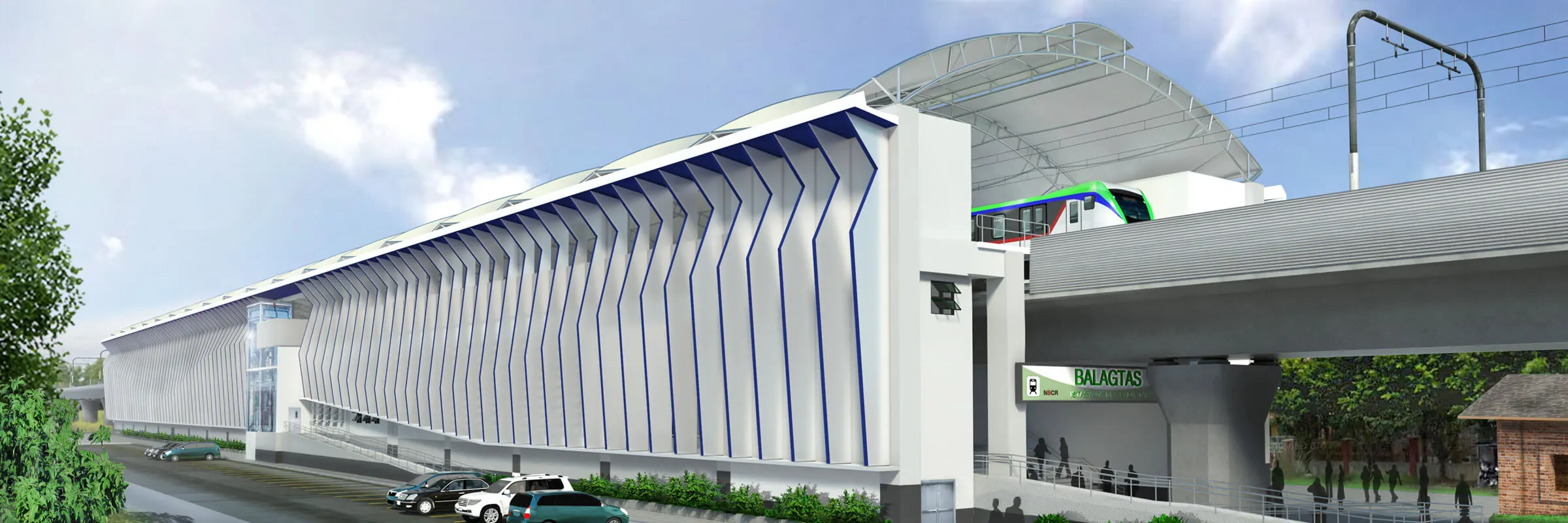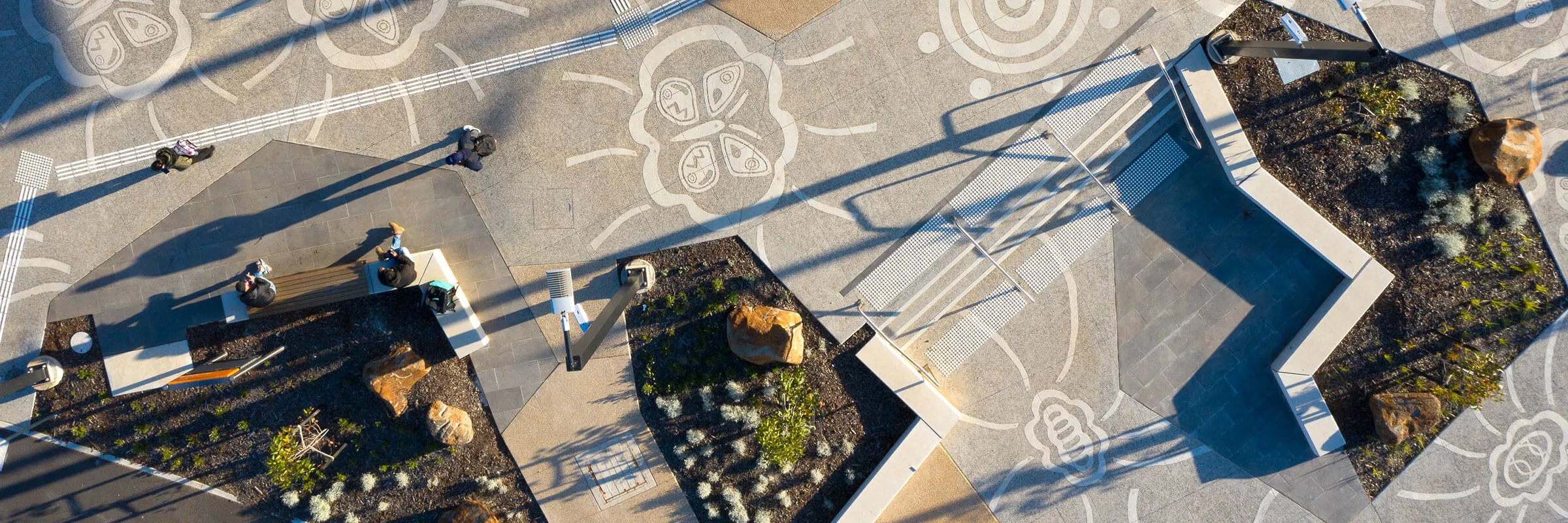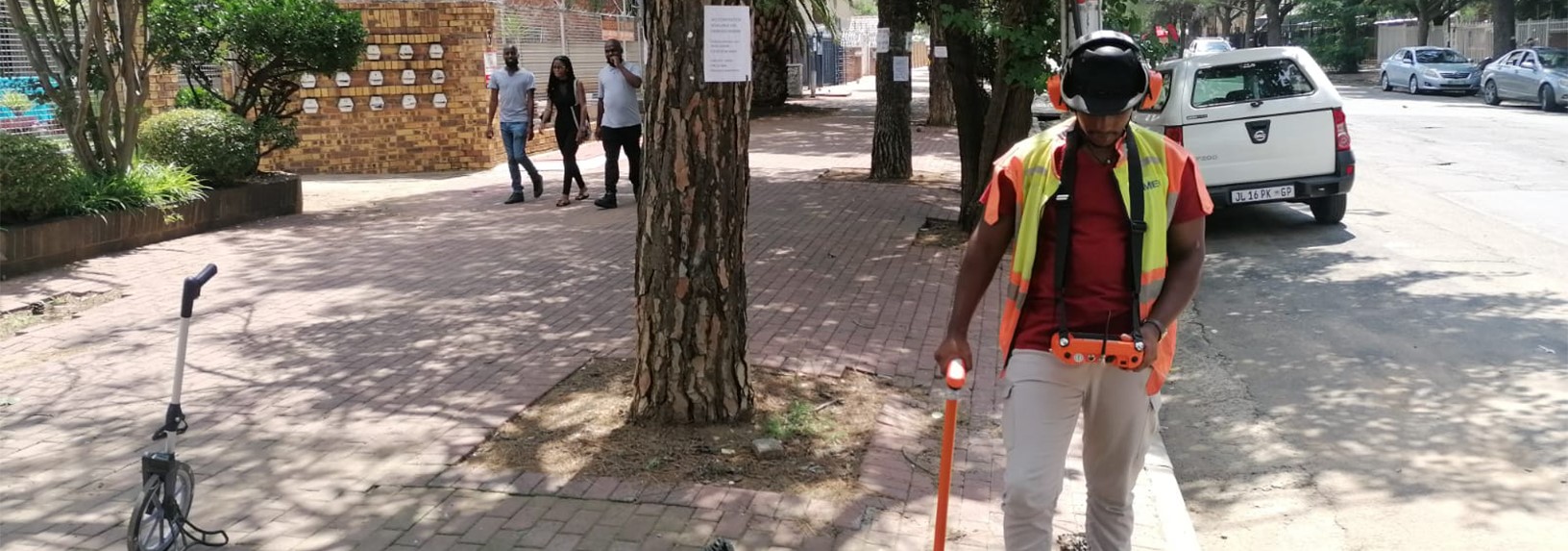
Figure 1 displays an example of the results from the preliminary model, with the output generated through the following process:
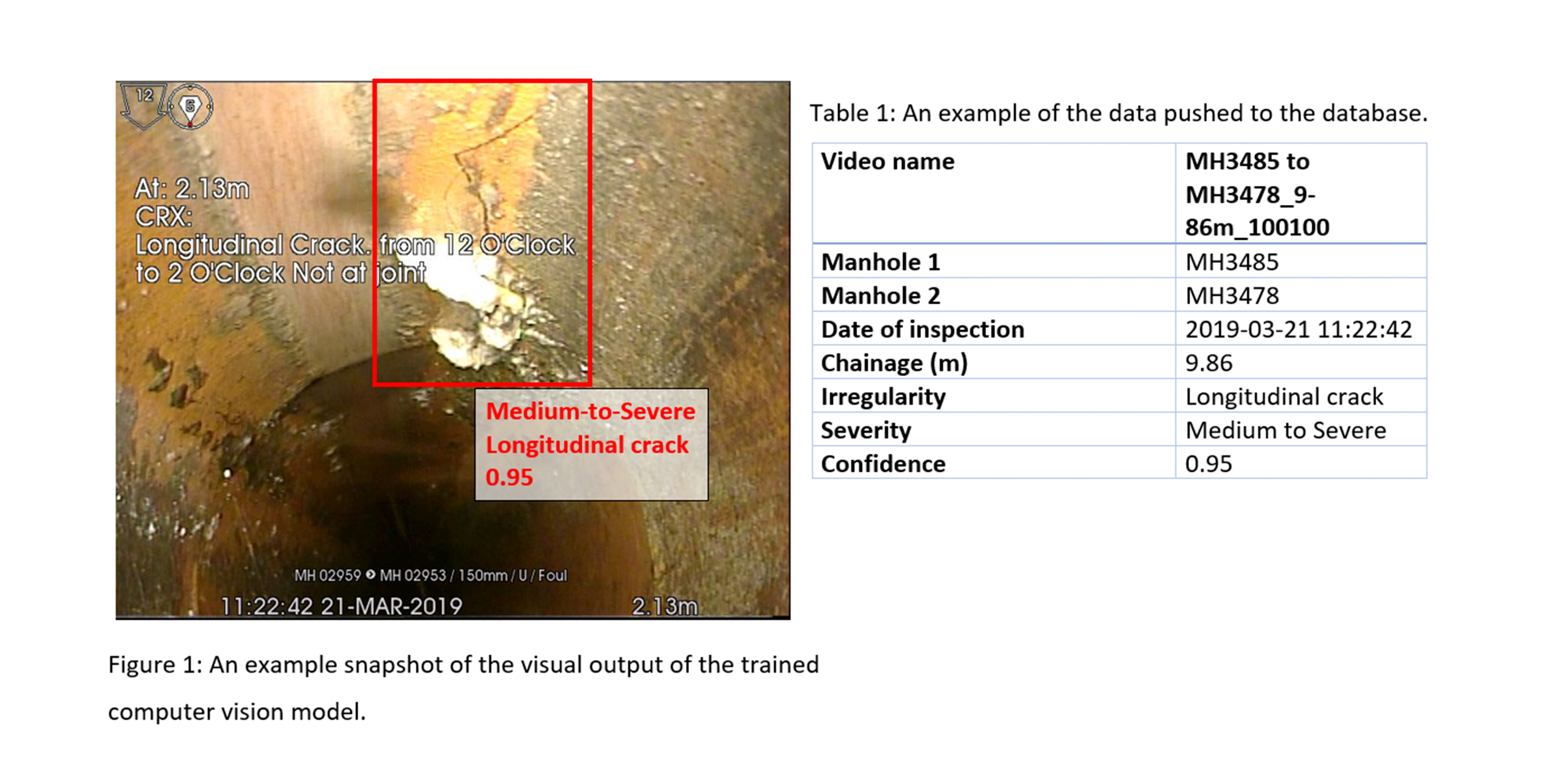
- The in-office user selects the CCTV file or folder directory of multiple files and initiates the model.
- The model then runs without human supervision through each video frame and searches for any irregularities learned during the training stage.
- If the model identifies an object (irregularity), the model outputs the following data subject to a threshold confidence level:
- If the confidence of the detection is high, the model outputs the data shown in Table 1. In addition to this output, the model can retrieve any metadata from the video file, as requested by the client. For example, if the drone is GPS enabled, then the X and Y GPS coordinates of the identified irregularity can be extracted.
- If the confidence of the detection is low, the irregularity is identified as an edge case and the model trims the video for later inspection by the in-office technician.
- The model then pushes the extracted data to a database, or the like, for record keeping.
- Once the model is complete, the in-office technician needs only review the CCTV footage of objects identified by the model with low confidence (edge cases), thereby substantially reducing the time required for the review. As the model is used, the reviewed low-confidence detections are used by the SMEC AI team to improve the accuracy of the model.
- Thereafter, the Project Engineer can assess the structured data to make data-driven decisions on the pipe replacement or point repair requirements.
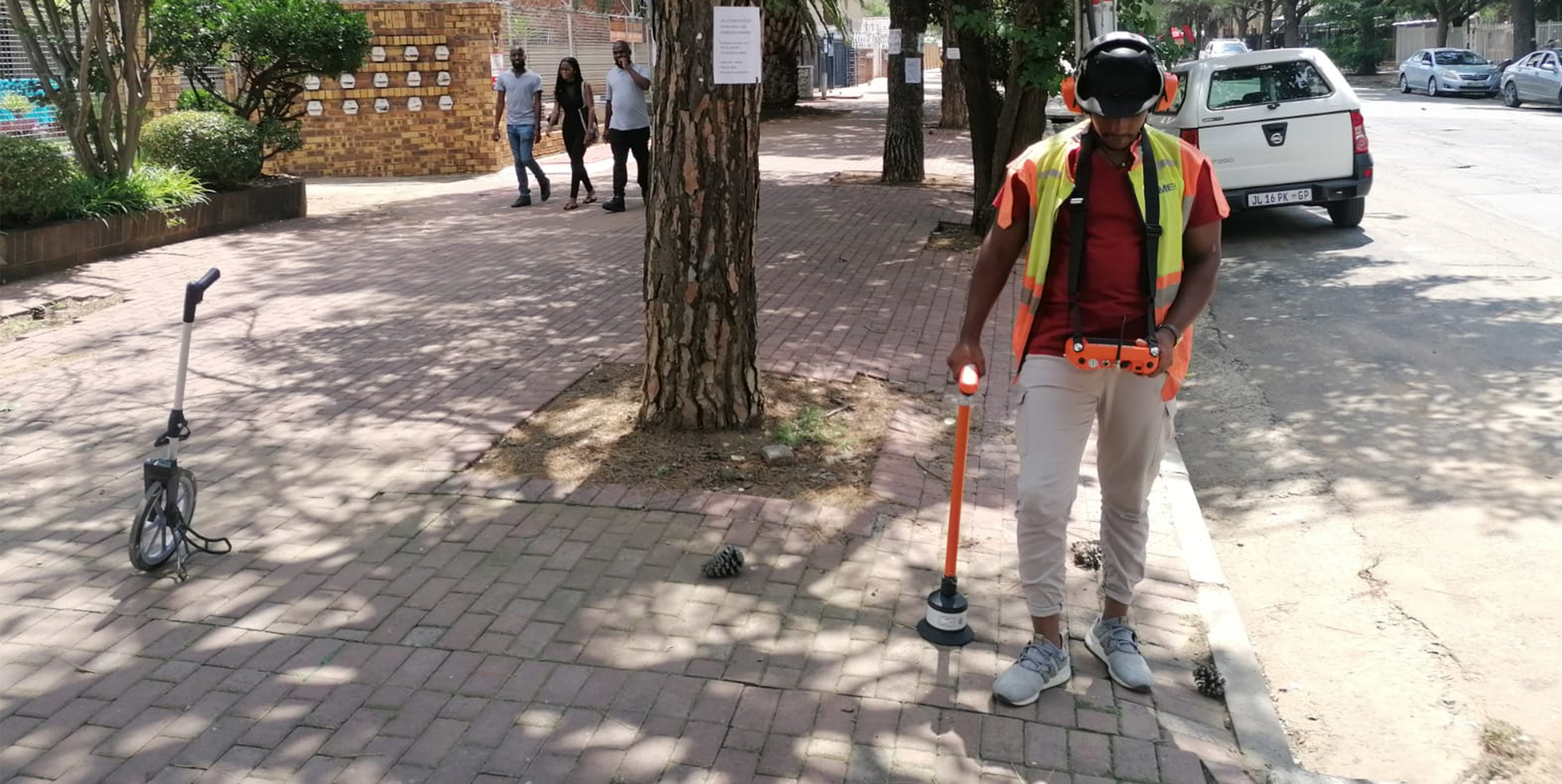
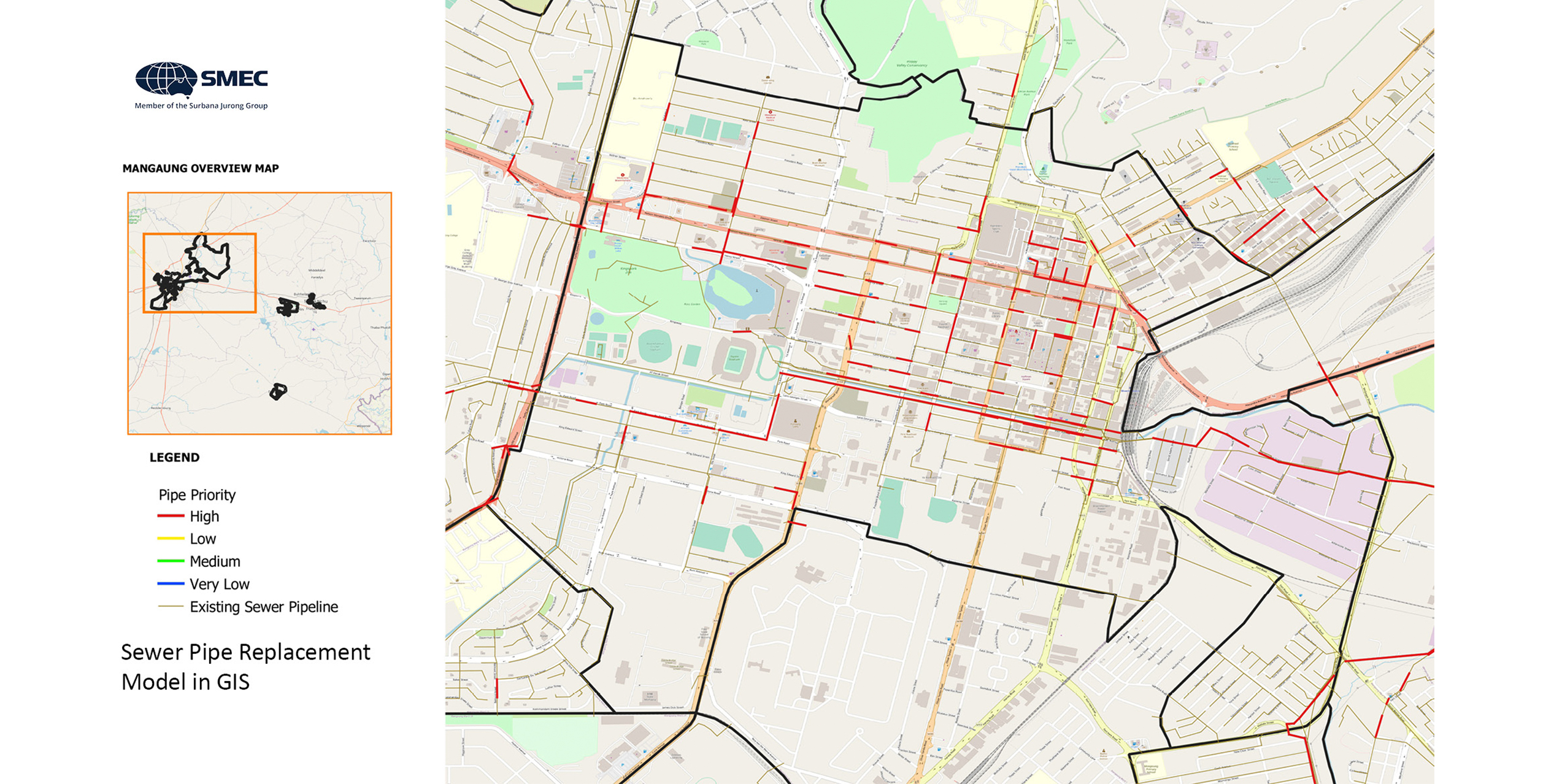

 A Strategic Outlook on Future-Ready Aviation and the Need for Industry Change
A Strategic Outlook on Future-Ready Aviation and the Need for Industry Change
Airports worldwide are investing billions annually to keep pace with the surging demand for travel.
 IoT at Msikaba Bridge
IoT at Msikaba Bridge
Advancements in digital and Internet of Things (IoT) technology are reshaping how we design, operate, and maintain mega structures.
 Torsion: The Silent Killer of Intake Towers
Torsion: The Silent Killer of Intake Towers
Torsion is often neglected in the seismic analysis of intake towers, both for new and existing designs, due to its complexity and limited guidance in manuals. This neglect stems from the assumption that torsional effects are insignificant or that the reinforcement for shear and bending moments can also handle torsion.
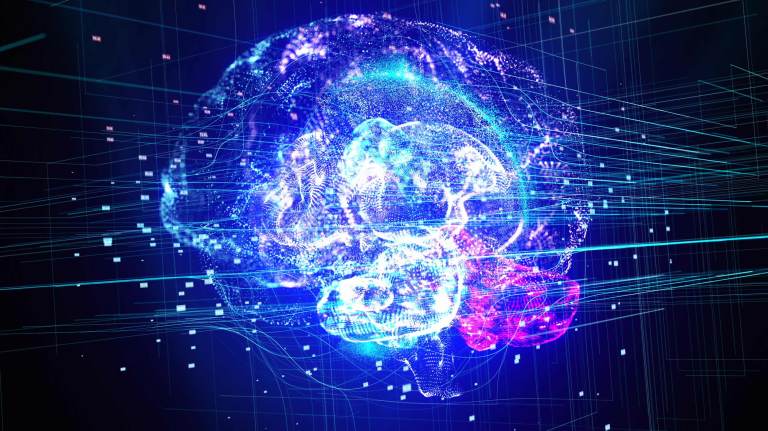 Debunking the myths of a Digital Mindset – it’s a people thing
Debunking the myths of a Digital Mindset – it’s a people thing
Digital transformation is well established throughout Engineering Consultancies, with digital teams and digital tools peppered throughout service offerings. While these services and tools provide strong value, the greater advantage comes when an organisation embraces a digital mindset; harnessing technology, data, and continuous learning to deliver truly exceptional outcomes for our clients and communities.


